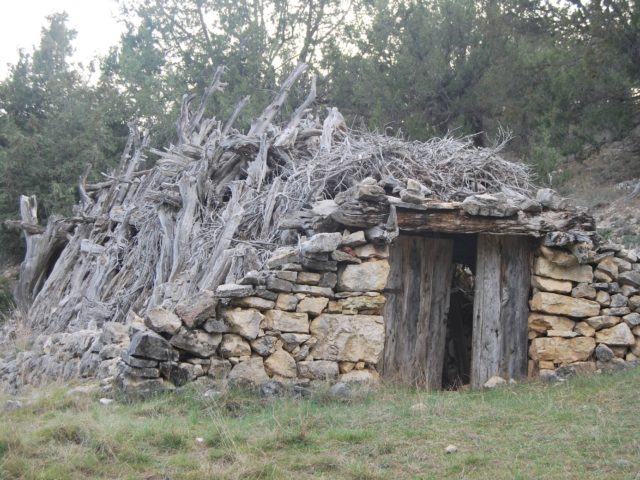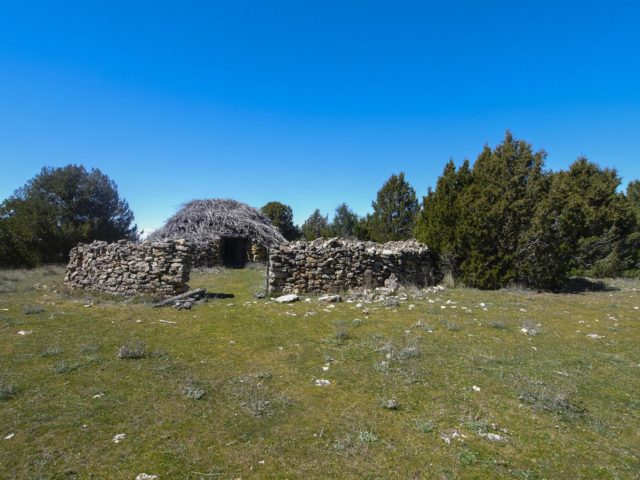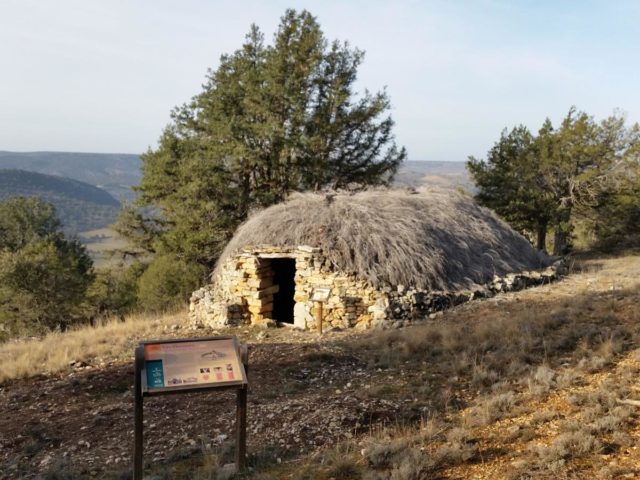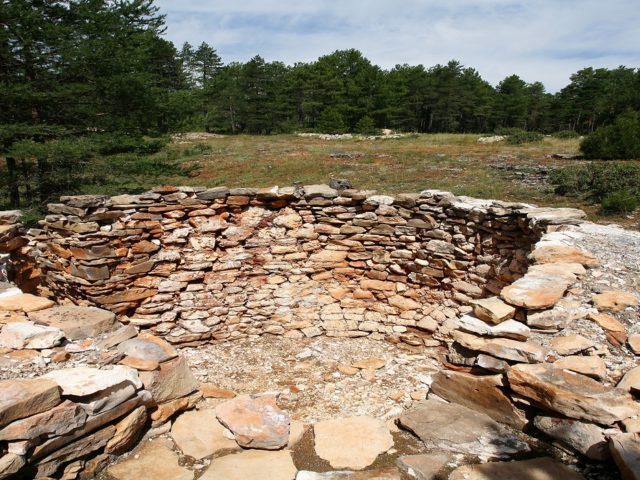Welcome to a journey through timewhere past and present merge in the heart of Spain. The Alto Tajoa hidden natural jewel that encompasses part of the provinces of Guadalajara and Cuencais not only famous for its breathtaking landscapes and canyons, but also for being the guardian of the ancestral crafts that have shaped the identity of this land for centuries..
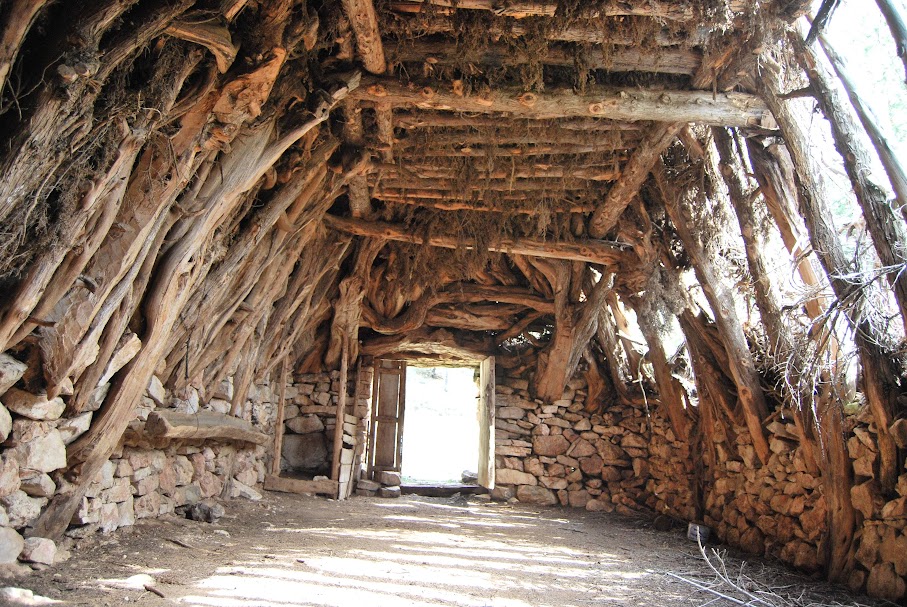
Traditional Trades in the Upper Tagus: A Journey into the Past
On this tour, we invite you to immerse yourself in the rich history of the craft trades that have given life and character to this region. Get ready to discover a world where the manual dexterity, patience and knowledge passed down from generation to generation. generation after generation have created a unique legacy that we can still admire and experience today.


Crocheters
Imagine for a moment the roar of the Tagus River, its rushing waters meandering through limestone canyons. Now, visualise brave men on floating logs, deftly guiding timber downstream. These are the gancheros, the real heroes of the Upper Tagus.

The gancheros were in charge of transporting the pine trunks from the lush forests of the Upper Tagus to Madrid, in a epic journey that could last for weeks. Armed with long poles ending in an iron hook, these men braved the currents, rapids and some dangerous stretches of the river to ensure that the timber reached its destination.
Today, even though logging is no longer practisedyou can revive this fascinating story every year at the end of Augustwhen a recreation of the maderada, a unique show that will transport you back to those times of bravery and sacrifice.
GUIDED TOURS
Go deep into the unspoilt nature with expert guides. Discover the magic of these forests in safety - choose a guide for your hiking experience now!
Shepherds
The tinkling of cowbells and the gentle bleating of sheep are sounds that have accompanied the inhabitants of the Alto Tajo for millennia. Livestock, rather than agriculture, has been the mainstay of the local economy since time immemorial.
Pastoralism, once a fundamental activity in the Alto Tajo, has seen its presence diminish in recent decades. However, its legacy is still alive in the traditional architecture dotted around the mountains of the region. Cerradas, sheepfolds, shelters and sheepfolds are some examples of these constructions, but the most emblematic element is undoubtedly the Chozón Sabinero.
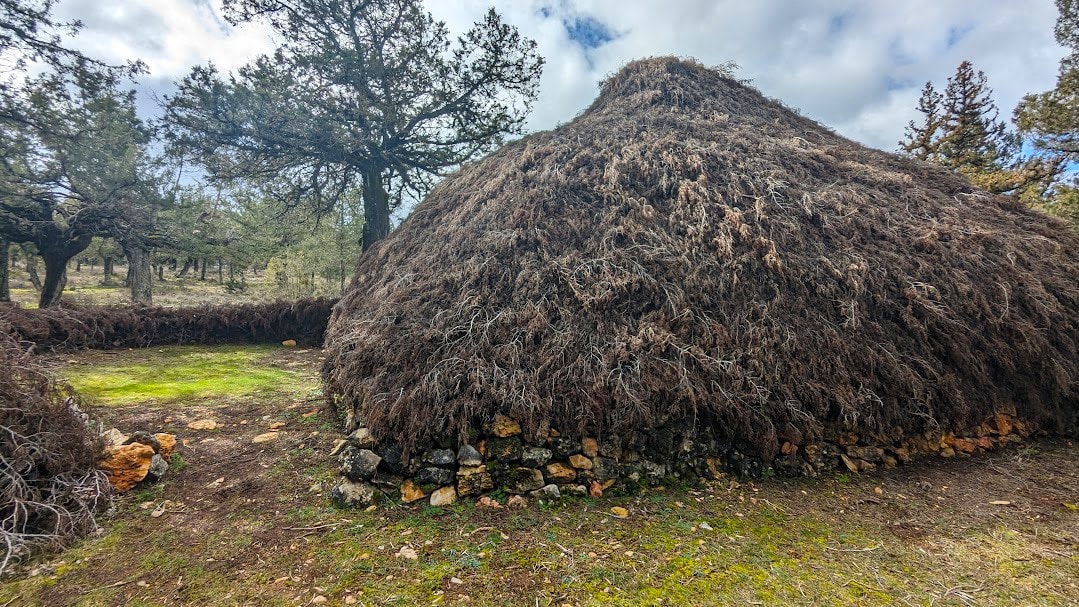
These circular constructions, made of limestone and sessile juniper woodThey served as a shelter for sheep and goats. Their presence reminds us of the importance that this trade has had in the history of the Upper Tagus and its role in the configuration of the current landscape.
If you want to discover a grouping of these constructions here are three of them ethnographic routes that bring you a little closer to the past of this trade.
Sierra Molina and the Museum of Livestock Farming in Checa
Sierra Molina, an extensive territory in the municipality of CzechThe area has been a refuge for traditional livestock farming for centuries. Despite the difficult terrain and climate, this activity has shaped the identity of this territory.
The Museum of Traditional Livestock Farming in the Czech Republic, located in the old schools of the municipalityserves as a tribute to this cultural heritage. Through its exhibits, the museum takes us into the world of the shepherds, their tools, their customs and the deep connection they have maintained with the livestock and the natural environment.
However, livestock farming in Sierra Molina faces an uncertain future. The rural depopulation, the ageing of pastoralists and the lack of generational replacement. threaten to wipe out this age-old activity. This is why it is essential to value the work of shepherds, protecting their knowledge and promoting generational renewal to guarantee the survival of this cultural and environmental legacy.
The Earth and its Fruits: Agricultural Occupations
Although less prominent than livestock farming, agriculture has left its mark on the landscape and traditions of the Upper Tagus. The reapers, with their sharp sickles, and the ploughmen, guiding their ploughs, have shaped the fields and valleys of this territory for generations.
In towns such as Cobeta and many others, you can still see the threshing floors where grain was threshed and the old hydraulic mills. that transformed cereal into flour. These structures are silent testimony to a not so distant past where manual labour was the norm.


Masters of Stone: Sculpting the Landscape
The Upper Tagus is a land of rock and stoneThe region's inhabitants have learned to master this material over the centuries. The stone trades have left an indelible mark on the landscape and architecture of the region.
Las Caleras: Turning Rock into Lime
One of the most fascinating trades related to stone is that of the lime kilns. These structures, scattered throughout the territory, were used for transforming limestone into quicklimeThe material is an essential material for construction and agriculture.
The Limekiln Route, an official itinerary of the parkwill take you through restored old lime kilns. Walking along this path is like stepping back in time, imagining the hard work of the lime workers and the intense heat of the kilns in full activity.
Architecture in Stone: The Visible Legacy
Master stonemasons have left their mark on every corner of the Alto Tajo. From the imposing churches to the humble shepherds' corrals, stone is the main material.
In many localities, you can admire outstanding examples of popular stone architecture. Houses with their characteristic wooden balconies, bridges that defy time and public fountains are silent witnesses to the skill of these craftsmen.

Forging history in the mountains: A tour of the Alto Tajo ironworks
As could not be otherwise, in a territory with a rich and varied geology, a complex orography and a multitude of streams and rivers with permanent flows, it was not uncommon to see the smithies or "forges.
Generally located close to riverbeds which fed their forges with their hydrodynamics and the wood from the surrounding mountains, had as their main objective to transforming the rich iron material which was extracted from countless mines, deposits or simple veins scattered throughout almost all the mountains of the Upper Tagus.
Iron has always been a much-needed material, although the work to get the metal to acquire the necessary properties was not easy. to produce tools or implements with him, he was one of the toughest of all.
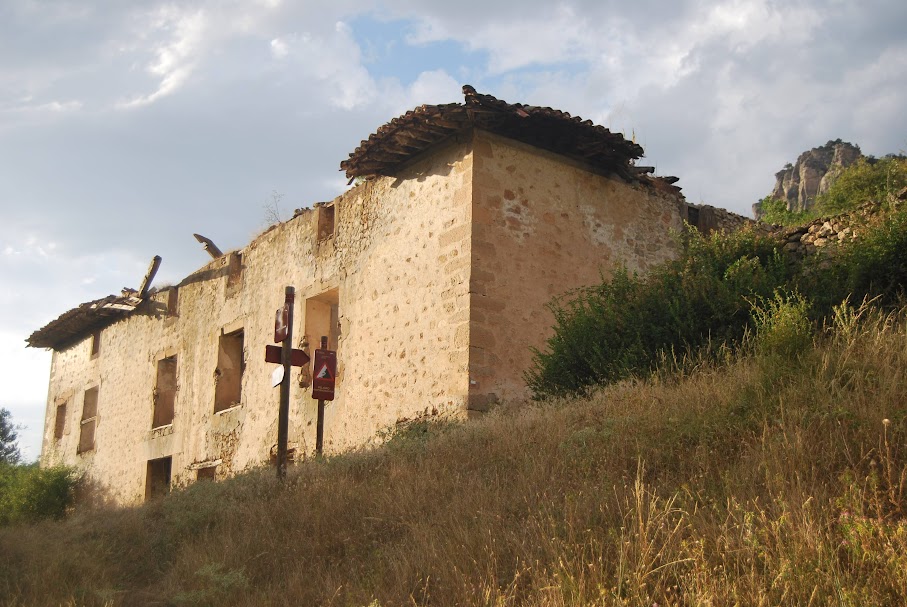
Living examples of how this industry played an important role in the territory are for example the Blacksmiths of Peralejos, located on the Hoz Seca riverbed and the Herrería del Río Arandilla, both of which are still standing and easily visible, although severely deteriorated.
Although some of these buildings can still be seen today, many of them are still in use today. transformed into armouries when the times demanded it, but this led to their destruction and many of them have now completely disappeared.
As you have seen, The Upper Tagus is not just a destination; it is a journey through time and traditions. Every trade we have explored is a window into a rich past in knowledge and skills that have shaped this land and its people.
We invite you to discover these ancient trades for yourself. Take part in craft workshops, visit local museums, talk to the local people who still keep these traditions alive. Each experience will bring you a little closer to the heart and soul of the Alto Tajo.
Come and let yourself be surprised by a place where history is breathed in every corner, where every stone tells a story and where the old trades are not only memories, but a living part of the present and future of this wonderful region.

